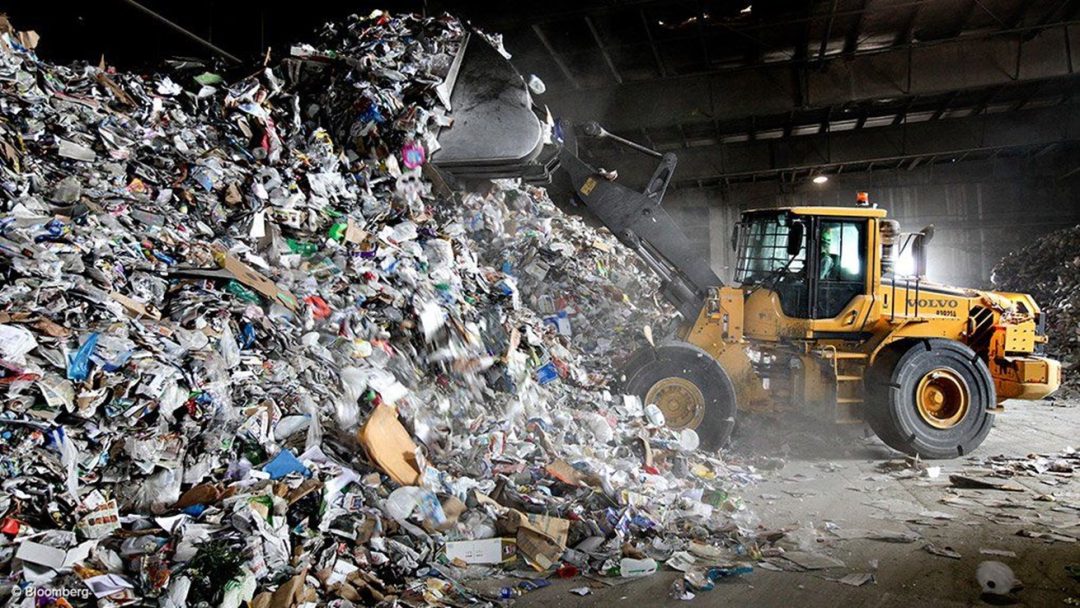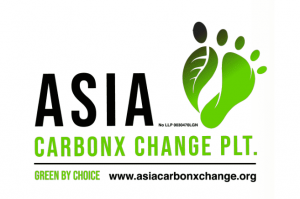IN the face of urgency to shift towards sustainable practices, the recently proposed Sultan Idris Shah (SIS) waste-to-energy (WTE) Green Energy Plant in Rawang, Selangor, emerges as a crucial stride toward a responsible future.
In a world grappling with depleting landfill capacities and escalating environmental risks, this project holds immense significance that cannot be overlooked, especially as Malaysia celebrates its 66th Merdeka Anniversary.
Championed by KDEB Waste Management, a wholly-owned unit of the Selangor state government, and YTL Power International Bhd, the RM4.5bil WTE plant is primed to redefine waste as a resource, nurturing both economic growth and environmental resilience.
This ambitious project, spanning approximately 245 acres of Rawang’s landscape, is set to harness municipal waste from Petaling Jaya, Hulu Selangor, Shah Alam, Subang Jaya, Ampang Jaya and Selayang districts.
Within this context, genuine concerns have emerged from communities such as Batu Arang, M Residence, Kota Puteri and Bandar Tasik Puteri.
These concerns encompass potential traffic disruptions, depreciation of property values and apprehensions about malodorous emissions from leachate.
It becomes a shared responsibility for all relevant parties, including the Menteri Besar and the Selangor state government, to address these concerns transparently and with the highest level of expertise, ensuring that the well-being of the community remains paramount.
The local PKR lawmaker, William Leong, a lawyer by profession, has highlighted this and urged the Selangor state government to assure that the proposed WTE incinerator located in Rawang does not pose any health or environmental risks to the residents.
He further reiterated his concern in a media statement: “An early transparent consultation with the local communities should be carried out immediately and for full and complete disclosure of all material facts and information to be given.”
Local communities should thus focus on projects that re-educate the younger generation on the underlying principles in waste management that eventually lead to the establishment of WTE plants. These core activities are:
> Source reduction and waste minimisation
> Recycling and materials recovery
> Composting and organic waste management.
A closer examination, however, illuminates that the advantages of the SIS WTE Green Energy Plant are not only substantial but also far-reaching.
Drawing insights from successful global implementations, there lies a plausible opportunity to address these concerns constructively and garner support for this transformative venture.
The foresight in traffic management strategies, seamless integration into existing road networks and a meticulously planned waste delivery schedule collectively contribute to averting significant traffic congestions.
Global case studies further suggest that well-structured WTE plants can catalyse local progress, fostering infrastructural development and valuable job opportunities.
Modern WTE technology has evolved remarkably, effectively addressing these concerns head-on. Emissions from well-managed WTE plants conform to stringent regulations, ensuring minimal potential negative impacts.
WTE plants can play an important role in mitigating methane emissions from the waste sector.
By combusting waste and producing CO2 instead of allowing it to decompose anaerobically and produce methane, WTE plants can help reduce the overall greenhouse gas impact of waste disposal.
However, it is crucial to view WTE as part of a broader waste management strategy that also emphasises waste reduction, recycling and composting as stated above.
The circular economy aims to design out waste and pollution, keep products and materials in use for as long as possible and regenerate natural systems.
In this system, resources are continuously looped back into the production cycle rather than following the traditional “take, make, dispose” linear model.
Further enhancing the circular nature of this initiative, the byproducts of the WTE process like fly ash can be ingeniously repurposed to bolster cement production while bottom ash can find renewed purpose in the creation of bricks.
Here, waste metamorphoses into valuable commodities, aligning perfectly with the ethos of circularity.
Malayan Cement Bhd (formerly Lafarge Malaysia Bhd), under the umbrella of YTL Cement Bhd, is poised to capitalise on the WTE byproduct – fly ash – upon the completion of its refurbishment exercise.
The 71-year-old plant situated in Rawang will thus contribute to this cycle of resource optimisation.
Addressing concerns about thermal energy emissions into the atmosphere is entirely feasible through the implementation of advanced emission management technologies.
Drawing inspiration from successful global exemplars, such as the Shenzhen East WTE plant in China and the Reppie WTE plant in Ethiopia, we can showcase how effective emissions control and sustainable practices can harmoniously coexist.
By fostering a deeper understanding of the multifaceted benefits of the proposed WTE plant, we can alleviate concerns and lay a firm groundwork of support for this forward-looking initiative.
In the grand tapestry of progress, the SIS WTE Green Energy Plant beckons as a beacon of transformation, steering us toward a circular and prosperous future.
> Carbon emission reduction and clean energy generation: A global imperative
At the forefront of the SIS WTE Green Energy Plant’s advantages is its potential to generate clean electricity from municipal waste.
This pivotal shift from traditional fossil fuels significantly reduces carbon emissions, a paramount goal in the fight against climate change.
Case in point, the Klemetsrud WTE Plant in Oslo, Norway, demonstrates the potential to slash greenhouse gas emissions by hundreds of thousands of tonnes annually.
In line with Malaysia’s obligations under the Paris Agreement, the SIS WTE Green Energy Plant’s role in curbing carbon emissions cannot be underestimated.
> Enhanced waste management and land preservation: A sustainable approach
Amid the growing concern of dwindling landfill capacities, the SIS WTE Green Energy Plant stands as a beacon of innovation in waste management.
Processing a substantial 2400 tonnes of solid waste daily, the plant not only mitigates pressure on existing landfills but also forestalls the creation of new ones.
The ripple effect is the preservation of valuable land resources, safeguarding them for future generations.
The success of the Shenzhen East WTE Plant in China underscores how strategic waste diversion strategies can herald a new era of urban sustainability.
> Economic growth and local prosperity: A catalyst for progress
Addressing genuine concerns about potential property value depreciation requires a proactive stance. Historical data showcases that WTE plants are more than powerhouses of energy; they are engines of economic growth.
Collaboration with local industries spurs job creation and infrastructure development, a scenario witnessed at the Fernhill WTE Facility in Singapore.
Transparent land use policies, comprehensive community engagement and a strategic vision are essential in translating these benefits to the SIS WTE Green Energy Plant’s context.
> Environmental safeguards and public health: A responsible outlook
Apprehensions about emissions and odours are valid but can be allayed through cutting-edge technologies and stringent regulations.
Contemporary WTE plants come equipped with advanced air pollution control systems that effectively neutralise harmful pollutants before release.
Case in point, the Spittelau WTE plant in Vienna, Austria, is a testament to the harmony between effective emissions control and urban environments.
> Community engagement and shared knowledge: A united vision
Transparency and open communication are paramount in addressing misinformation and fostering community support.
Establishing an ongoing dialogue through workshops, educational campaigns and transparent information dissemination can build trust and a sense of ownership.
Embracing the lessons from global successes, such as Australia’s Kwinana WTE plant, can showcase the tangible benefits of WTE technology and inspire local residents.
A new horizon of prosperity
By emphasising the multifaceted benefits, implementing rigorous environmental safeguards and fostering open communication, the SIS WTE Green Energy Plant can reshape the landscape of waste management and energy generation in the region.
The promise of economic growth, job creation, revenue generation and community development lies within its visionary core.
As misconceptions are dispelled and realities embraced, Selangor is poised to set a pioneering example of circular economy initiatives.
It is not just an opportunity but a responsibility – a chance to harmonise innovation, sustainability and prosperity for the well-being of our community and the planet at large.
Ir Nirinder Singh Johl is the founder and CEO of Asia Carbonx Change Plt. He was formerly the managing director of TNBX, a subsidiary of Tenaga Nasional Bhd. The views expressed here are the writer’s own.



